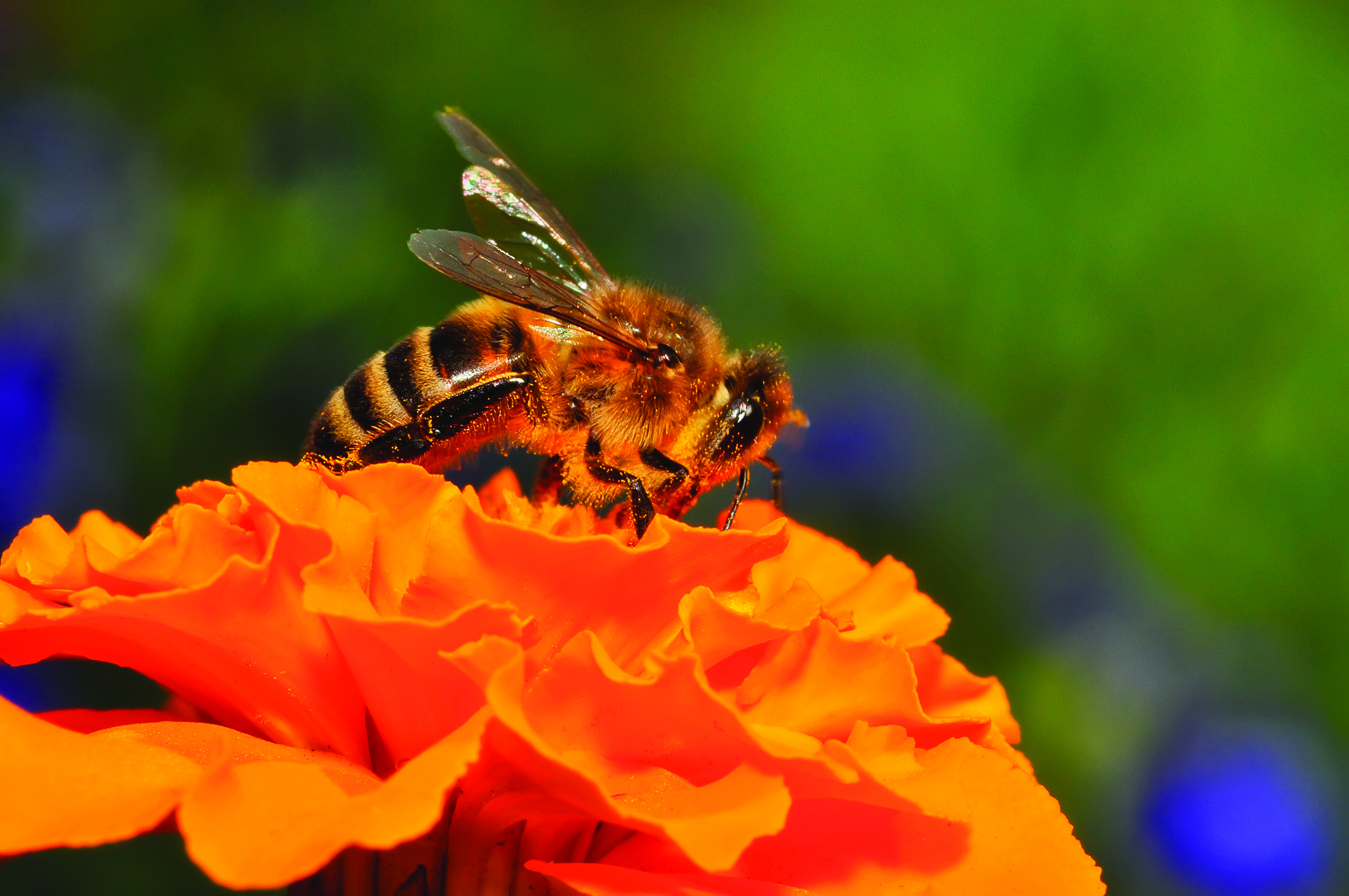Looking Forward to Fall Flavors
03 Aug 2020
Plant these vegetables from starts or seeds for delicious late-season harvests.
By Kim Jackson Photos by Shutterstock.comHere we are in the thick of the growing season, with tomatoes, peppers and zucchini overflowing in the garden. It’s hard to think ahead to fall, but now is the perfect time to sow seeds for bountiful fall produce.
Midsummer to early fall is an amazing time to plant veggies for autumn harvests. “Certain crops not only survive cold weather, they actually thrive in it and taste sweeter,” says Edward C. Smith, author of “The Vegetable Gardener’s Bible.” That’s because the plants produce sugars that help prevent them from freezing. Another bonus: fewer pests and disease problems occur in cooler weather.
Many varieties, particularly salad greens, can be direct-seeded into your garden. You’ll want to sow seeds early enough so the plants’ roots can be well established before cold weather hits. Our average fall first-frost date is Sept. 23, and vegetables with a good root system in place can better tolerate lower temperatures. A frost occurs between 28° and 32° F; a freeze is when temperatures fall below 28°. Several apps like Cold Snap! will alert you when frosts are imminent in your area.
Before planting, add compost to your garden beds, especially if you had a previous crop in that same bed. After planting, top with mulch to preserve moisture and keep the soil temperature cooler. Then water frequently to quickly establish the roots. It’s a good idea to get a soil test to see what amendments you need to add. And remember to organically fertilize your plants during the growing cycle.
Here are some of my favorite veggies to plant for a bountiful autumn harvest—all need at least six hours of direct sunshine per day. I’ve given instructions for sowing these from seed, but starter plants will fare just as well with the same TLC.
Transitioning from busy summer harvesting to fall planting can be challenging, but it’s well worth the effort when you can dish up fresh produce late in the season, possibly even at Thanksgiving and Christmas!
 Kale
Kale
Sow seeds five-to-six weeks before the first frost (Aug. 12-19). Kale can withstand hard frosts, freezes and even snow, particularly if it’s heavily mulched and protected by a row cover during freezes. Cold enhances the flavor, as it inspires sugar production. Kale prefers even moisture, but don’t overwater. To keep the harvest going, pick the older leaves from the lowest section of the plant.
Boulder County’s average first-frost date:
Sept. 23
 Cabbage
Cabbage
Start seeds six-to-12 weeks before the first frost (July 1-Aug. 12), choosing a “short-day” variety. This hardy vegetable tolerates frost very well and can handle temperatures down to 20˚ F. Consistent watering is very important. Give cabbages adequate room to grow, leaving 1 to 2 feet of space between plants.
 Lettuces & Salad Greens
Lettuces & Salad Greens
Sow cool-season varieties from seed four-to-eight weeks before the first frost (July 29-Aug. 26). Lettuce grows best in cool, well-drained soil. Keep soil moist to reduce soil temperature, but don’t overwater. Consistent watering is key. If you protect greens in cold weather with a cold frame, row cover or garden fabric, they can grow well into winter.
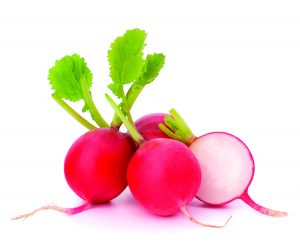 Radishes
Radishes
Radishes grow very quickly from seed, and some varieties need only four weeks to mature. Succession-plant this vegetable every two weeks from mid-August through the end of September, and thin the seedlings. Promptly harvest radishes at maturity before they get large and bitter. Give the plants even, consistent moisture.
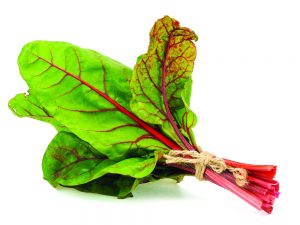 Swiss Chard
Swiss Chard
Sow seeds 10 weeks before the first frost (July 15). It’s best to start chard indoors, and plant seedlings in well-draining soil that contains lots of organic matter. Chard can take a light frost but not a freeze, so shield the plant with row cover and mulch to conserve moisture and protect roots. Harvest when leaves are small and tender.
 Spinach
Spinach
Sow seeds four-to-eight weeks before the first frost (July 29-Aug. 26). Spinach is a hardy vegetable that can survive below-freezing temperatures. To extend the harvest, pick outer leaves for salads and let the rest of the plant continue to grow.
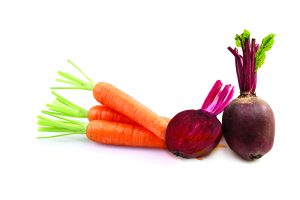 Beets & Carrots
Beets & Carrots
Sow seeds 10-to-12 weeks before the first frost (July 1-15). These hardy vegetables can survive frosts with row-cover protection and heavy mulching, but they’ll go to seed if temperatures get too cold. Thin both carrot and beet seedlings, and protect their leafy tops from rabbits.
Vegetables with a good root system in place can better tolerate lower temperatures.
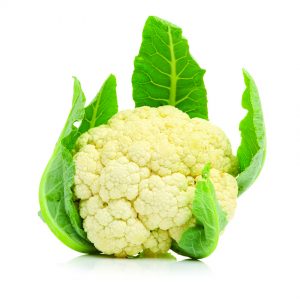 Cauliflower
Cauliflower
Start seeds indoors 12 weeks before the first frost (July 1). However, this half-hardy vegetable is easier to grow from transplants. Cauliflower is very heat and cold sensitive, so protect it with mulch and use row cover during extreme weather. Consistent watering is necessary, as cauliflower prefers evenly moist soil, but is sensitive to over and underwatering.
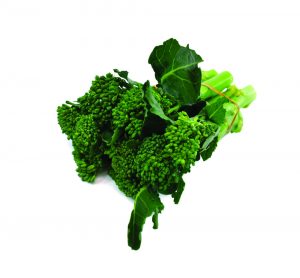 Broccoli
Broccoli
Start seeds indoors 10-to-11 weeks before the first frost (July 8-15). This hardy vegetable can tolerate frost, a mild freeze and even light snow, as cold weather only makes it sweeter. But growth slows dramatically after a frost, so you want broccoli to be nearly mature before a frost hits. Regular watering is a must for this vegetable.
Kohlrabi
Sow seeds six-to-10 weeks before the first frost (July 15-Aug. 12). This hardy vegetable likes cool weather and easily survives frost, and even a freeze. It matures quickly, within six-to-nine weeks, and prefers evenly moist soil.
Kim Jackson is the annual greenhouse manager at The Flower Bin Garden Center in Longmont.



